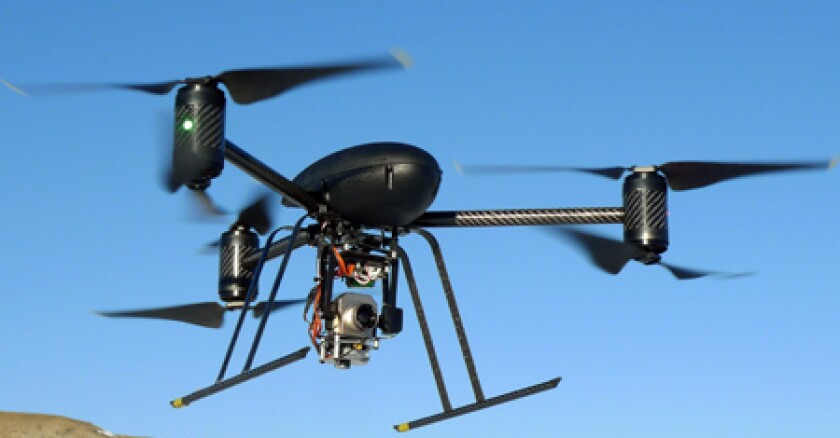Federal Aviation Administration-led (FAA) initiatives have explored UTM test deployments and partnerships with private industry. But Ohio stands out as the first state to establish a permanent UTM system for statewide use, Sean Calhoun, managing director of CAL Analytics, which pioneered its technology, said in an interview.
The system, Calhoun said, should continue to catalyze advancing transportation and airspace management across private and public agencies, and he plans to utilize lessons learned to advance that growth.
“We want to be able to provide the FAA with a common set of data artifacts and safety approaches and procedures based on the Ohio implementation,” Calhoun said. “Because we’re not going to learn what enhancements might be needed until we get more aircraft up in the sky and uncover what’s working and what’s not.”
The UTM technology pioneered by CAL Analytics, a drone navigation technology company, works as a peer-to-peer model, allowing agencies like ODOT to use its capabilities to prevent traffic incidents during emergency response missions or when surveying infrastructure after a natural disaster. CAL Analytics announced the system launch in a news release March 26.
According to Rich Fox, the director of ODOT’s Uncrewed Aircraft Systems (UAS) Center, CAL Analytics developed the UTM as part of an ODOT research project. After the project concluded, ODOT continued the partnership to enable data sharing and strategic deconfliction between drone flights in shared airspace.
"ODOT mainly uses this system to broadcast its flight information and monitor the health and integrity of our fleet as well as the impact to operators’ routes from the National Advanced Air Mobility Center of Excellence," Fox said via email. "As more operators begin sharing data, we expect this to be integral to safely scaling up UAS operations in Ohio."
Unlike with FAA-regulated passenger and private aircraft, there isn’t a centralized organization managing and providing separation services for small drones at lower altitudes, Calhoun said.
“Our UTM traffic system allows small drones at the lower altitude to be a part of a more federated system, where it’s the individual operators exchanging information directly to complete deconfliction — meaning if someone submits an operation to fly a drone in a particular area at a certain time, and then someone else submits a request into the system for an operation at the same place, same time, then it will block them,” Calhoun said.
Transportation departments like the Ohio DOT, Calhoun said, are still in the early stages of using this technology. He emphasized the advantage they can realize in moving from line-of-sight operations to beyond-visual-line-of-sight capabilities in remotely overseeing unmanned vehicles.
The system’s origins are based on a NASA centralized traffic data concept, according to Calhoun. The American Society for Testing and Materials (ASTM) had also developed an interoperability standard for how operational data would be exchanged through such a system. Calhoun says CAL Analytics adapted the ASTM guidelines and refined the NASA framework into an interoperable standard for information exchange, eventually forming the current UTM system.
As overall unmanned vehicle traffic management systems evolve, the managing director said he foresees possibilities in third-party support of “advanced air mobility for cargo ops or air taxis and regional transports.”









